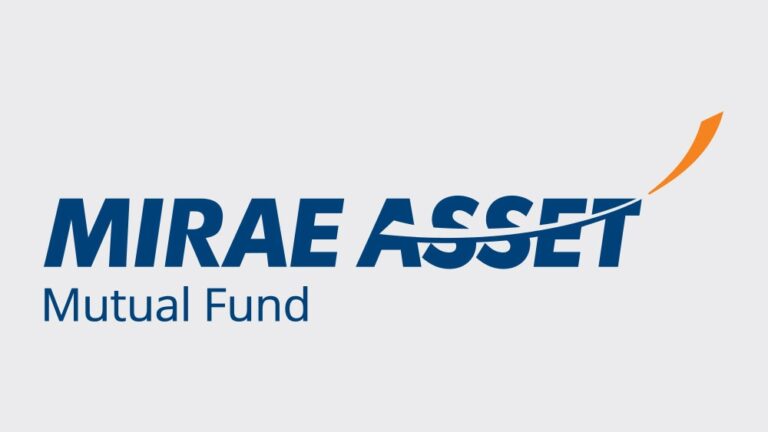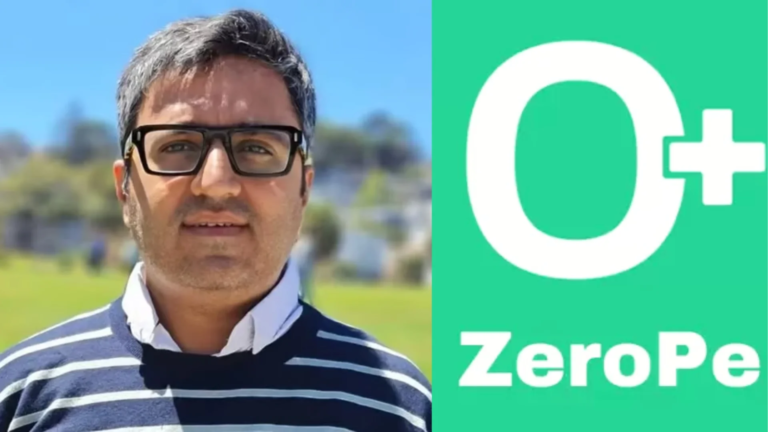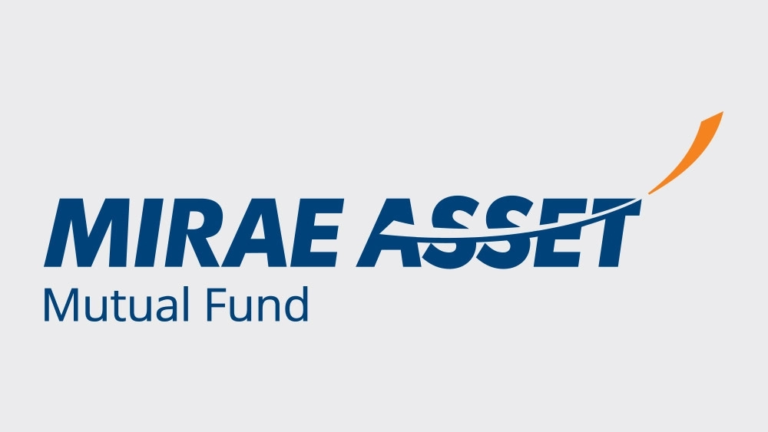SCSS vs FD: Which is the Better Investment Opportunity for Senior Citizens?

As senior citizens look for safe investment opportunities to secure their financial future, two popular options often come into consideration: the Senior Citizens Savings Scheme (SCSS) and bank fixed deposits (FDs). Each investment vehicle offers unique advantages tailored to the needs of retirees. This article compares these options, examining the nuances of each to determine which might be the better choice for senior citizens as of today, 3rd May 2024.
Also Read: How to open Mahila Samman Savings Certificate, POMIS, SCSS accounts online
Contents
What is the Senior Citizen Savings Scheme (SCSS)?
The Senior Citizen Savings Scheme (SCSS) is a government-backed investment opportunity specifically designed for individuals above the age of 60. It aims to provide seniors with a steady and reliable source of income post-retirement, through a secure investment channel. The scheme is notable for its favourable interest rates and tax benefits, making it an attractive option for those seeking financial security in their golden years.
What is a Fixed Deposit (FD)?
A fixed deposit (FD) is a financial instrument provided by banks that offers investors a higher rate of interest than a regular savings account, until the given maturity date. It is one of the most common investment choices in India due to its low risk and guaranteed return. Interest rates on FDs can vary from one bank to another and are generally higher for senior citizens.
SCSS vs FD: Comparing Which is the Better Investment Opportunity as of Today
To determine which investment opportunity is superior for senior citizens, we’ll compare SCSS and FDs based on several criteria crucial to making an informed decision.
Eligibility Criteria
The SCSS is specifically targeted at individuals aged 60 years and older, offering a secure and stable investment option. Early retirees can also participate; retired civilian employees between the ages of 55 and 60 and retired defence personnel between 50 and 60 are eligible if they invest within a month of receiving retirement benefits. Additionally, joint accounts can be opened with a spouse, though the primary account holder must meet the age requirement. In contrast, FDs are accessible to investors of any age, with specific accounts that offer higher interest rates for seniors aged 60 and above. FDs can also be opened jointly with more flexibility regarding the co-applicant’s age.
Interest Rates
Interest rates for SCSS are set by the government and currently stand at 8.2% per annum, reviewed quarterly to provide a reliable income stream. This contrasts with FDs, where interest rates vary significantly between institutions and can range from 6.25% to over 9%, often influenced by the deposit’s tenure and amount. Banks typically offer higher rates for senior citizens, usually about 0.25% to 0.50% above standard rates, providing a potentially lucrative option for those willing to shop around.
Tax Benefits
One of the attractive features of SCSS is the tax deduction under Section 80C of the Income Tax Act, allowing for deductions up to Rs 1.5 lakh annually, which aligns well with the goals of tax-efficient retirement planning. For FDs, only specific five-year tax-saving fixed deposits qualify for this deduction, and unlike SCSS, regular FDs do not offer any tax benefits under Section 80C, which might limit their appeal to those looking to maximize their tax savings.
Deposit Limits
SCSS has an upper investment limit of Rs 30 lakh, which can be spread across individual and joint accounts with a spouse. This cap ensures that investments are manageable and secure under government guidelines. Conversely, FDs do not have a maximum deposit limit, allowing investors to place as much money as they feel comfortable with into these accounts. However, it’s important to note that for tax-saving FDs, the tax benefit is capped at investments of Rs 1.5 lakh.
TDS
Regarding tax handling, SCSS offers a slightly more senior-friendly approach with a TDS threshold of Rs 50,000 per year, higher than the Rs 40,000 standard for other income sources. Seniors can submit Form 15H to prevent TDS if their total income is non-taxable. Similarly, FDs follow a TDS threshold where if the interest income exceeds Rs 40,000 annually (or Rs 50,000 for seniors), tax will be deducted. Investors in FDs can also utilize Form 15G or 15H to avoid TDS if applicable.
Safety and Security
- SCSS: Being a government-backed scheme, SCSS offers high safety and security. The returns are guaranteed, and the scheme is directly under the purview of the Ministry of Finance, making it one of the safest investment options for senior citizens in India.
- FDs: Generally considered safe, the risk level in FDs can vary slightly depending on the financial health of the bank. Although deposits up to Rs 5 lakh are insured by the Deposit Insurance and Credit Guarantee Corporation (DICGC), investing in a bank with poor financial ratings might still pose a risk.
Rate of Return
- SCSS: The interest rate for SCSS is relatively stable and is reviewed and set by the government quarterly. The current rate is 8.2%, which is fairly competitive when compared to the average FD rate.
- FDs: Interest rates on FDs are subject to frequent changes based on the bank’s policies and economic conditions. While some small finance banks offer rates as high as 9.50%, these rates can fluctuate, and higher rates often come with specific conditions or longer tenure requirements.
Flexibility and Tenure
- SCSS: The tenure for SCSS is fixed at five years, although there is an option to extend for an additional three years. Once invested, the terms are relatively rigid, with limited flexibility to adjust the investment.
- FDs: Offers more flexibility in terms of investment tenure, ranging from a few days to 10 years. Investors can choose a tenure that best fits their financial plan. Some banks also offer premature withdrawal options, albeit often with a penalty.
Payout Options
- SCSS: Provides quarterly interest payouts, which can be a significant advantage for seniors depending on regular income to cover daily expenses.
- FDs: Banks offer various interest payout options, including monthly, quarterly, semi-annually, annually, or at the maturity of the deposit. This variety allows seniors to plan their cash flow according to their needs.
Loan Facilities
- SCSS: Does not offer any loan facilities against the deposits. Once invested, the funds are locked in until maturity, except under specific circumstances like critical illness.
- FDs: Most banks offer loans against FDs, typically up to 90% of the deposit amount. This can be crucial in case of an emergency where liquidity is needed without having to break the deposit.
Impact of Inflation
- SCSS: While the interest rates are relatively high, they may not always keep pace with inflation, which could erode the purchasing power of the payouts over time.
- FDs: Similar to SCSS, the real return on FDs can be impacted by inflation. However, since FDs offer a range of tenures and rates, there may be opportunities to reinvest at higher rates upon maturity, potentially offsetting some of the inflationary pressures.
Conclusion
The decision between SCSS and FDs depends largely on an individual’s financial situation and needs. SCSS provides a secure, government-guaranteed investment with consistent returns and tax advantages, making it ideal for those seeking stability. FDs, while potentially offering higher returns and greater flexibility, require more active management and awareness of varying interest rates. For many senior citizens, the optimal choice will involve a combination of both, balancing the security of SCSS with the flexibility and potential higher yields of FDs.





